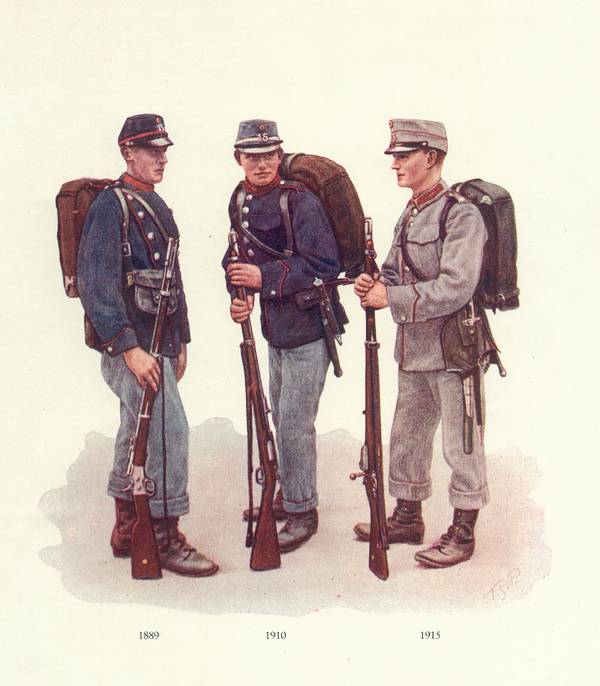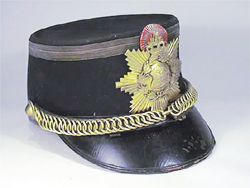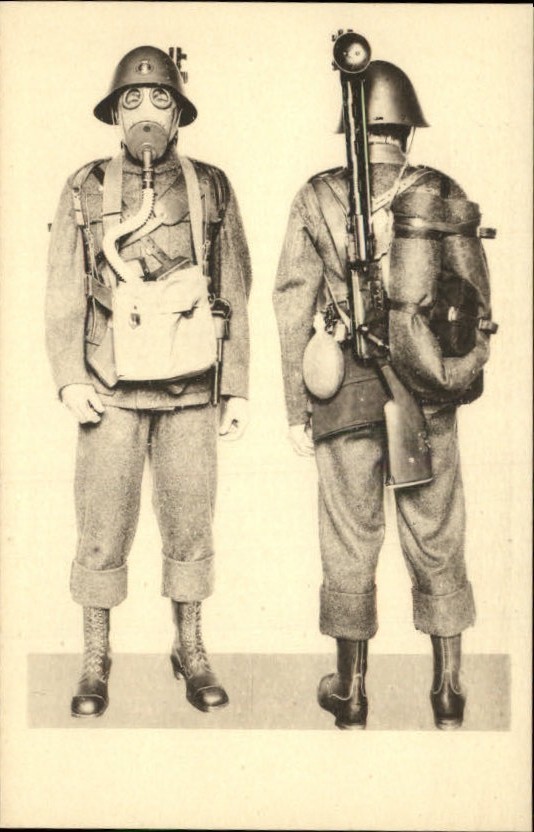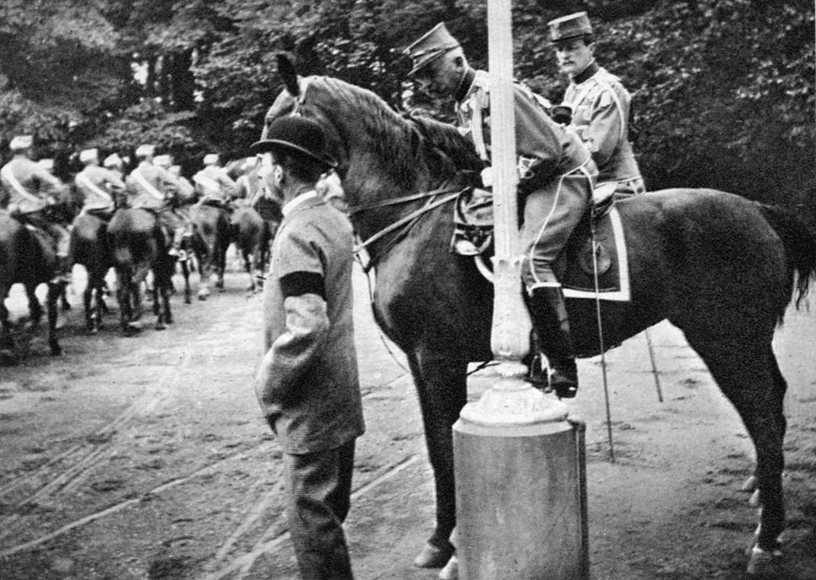Danish Uniforms
5 posters
Page 1 of 2
Page 1 of 2 • 1, 2 
 Danish Uniforms
Danish Uniforms
A couple of excellent illustrations of Danish infantry uniforms
https://i.servimg.com/u/f42/12/22/09/10/15_18810.jpg

https://i.servimg.com/u/f42/12/22/09/10/15_19210.jpg

https://i.servimg.com/u/f42/12/22/09/10/15_18810.jpg

https://i.servimg.com/u/f42/12/22/09/10/15_19210.jpg

Sean- Posts : 1129
Join date : 2008-04-03
 Re: Danish Uniforms
Re: Danish Uniforms
Of course when the Germans invaded in 1940, pretty much only officers and regular NCO's had gotten the khaki uniforms, while the enlisted men were still wearing the earlier grey or even blue uniforms.
Animal- Posts : 203
Join date : 2008-04-09
 Re: Danish Uniforms
Re: Danish Uniforms
Agreed but there was also enough of the khaki uniform around to make an impact.
It was issued to regular troops, and reserve officers and SNCOs bought their own.
There was also, I believe, a measure of mixing of uniforms.
It was issued to regular troops, and reserve officers and SNCOs bought their own.
There was also, I believe, a measure of mixing of uniforms.
Sean- Posts : 1129
Join date : 2008-04-03
 Re: Danish Uniforms
Re: Danish Uniforms
The Danish infantry's experience is an interesting example of conflicting uniform policies in the early 1900s. Starting with the double breasted blue tunics and light blue trousers shown to the left of the first plate (with shakos for full dress) they adopted a grey-green uniform for all occasions in 1903. Only a small plume on the kepi-like headdress distinguished parade from field wear. This was (possibly) too drab a style for public taste and in 1910-11 a slightly modified version of the historic dark and light blue was readopted - the second figure shown in plate 1. This completely replaced the grey-green and from 1910-15 was worn for occasions as diverse as Royal funerals and field manouvers. Then in 1915, with WWI raging beyond the borders, the lesson that bright colours were unsuitable for modern warfare became impossible to ignore. A third uniform - the pale grey with coloured facings shown as figure 3 was then adopted. This was still too visible and the khaki shown in the second plate was adopted in 1923. Confusion was heightened by the economical Danish practice of storing new uniforms and issuing them in limited quantities as the old ones needed replacement. When mobilisation was ordered in August 1914 (even neutral countries had to be reinforce their frontiers) a splendid mix of 1889, 1903 and 1910 uniforms was to to be seen. One consistent touch throught out all this was the Danish habit of simply turning up trouser bottoms (rather than wearing puttees, leggings or high boots). This was still to be seen in 1940 - oddly for a rather soggy countryside.
buistR- Posts : 345
Join date : 2008-05-21
 Circa 1909
Circa 1909
These are all supposed to be from around 1909. I think they are the life guards.










mconrad- Posts : 386
Join date : 2008-07-27
 13de Bataillon
13de Bataillon
From the History of the 13de Bataillon


wfrad- Posts : 16416
Join date : 2008-04-16
Location : Durham UK
 Vinkhuijzen NYPL digital collection
Vinkhuijzen NYPL digital collection
From the Vinkhuijzen NYPL digital collection.
Dr. Vinkhuijzen travelled throughout Europe as a physician and was associated with various armies and with the Dutch royal court.
There’s a couple of schools of thought on Dr. Vinkhuijzen. The first is that he was a great collector who saved many illustrations that may have been lost due to future wars and time, like for example the Knotel collections destroyed in Berlin.
The second, which most of the owners of the books that he damaged would probably contend, is that is was one of the greatest book vandals of his time.
A quote from one of the typescript documents: "Of course he was highly thought of in spite of his curious hobbies, one of which was his collecting plates of military uniforms for which he ruined even the most wonderful and expensive works."






Dr. Vinkhuijzen travelled throughout Europe as a physician and was associated with various armies and with the Dutch royal court.
There’s a couple of schools of thought on Dr. Vinkhuijzen. The first is that he was a great collector who saved many illustrations that may have been lost due to future wars and time, like for example the Knotel collections destroyed in Berlin.
The second, which most of the owners of the books that he damaged would probably contend, is that is was one of the greatest book vandals of his time.
A quote from one of the typescript documents: "Of course he was highly thought of in spite of his curious hobbies, one of which was his collecting plates of military uniforms for which he ruined even the most wonderful and expensive works."






wfrad- Posts : 16416
Join date : 2008-04-16
Location : Durham UK
Page 1 of 2 • 1, 2 
 Similar topics
Similar topics» Danish Uniforms WWII
» Danish Infantry 1889, 1910, 1915
» Civil Police in Occupied Countries during WW2
» Danish Infantryman late 1930s
» Danish Nazi Party DNSAP
» Danish Infantry 1889, 1910, 1915
» Civil Police in Occupied Countries during WW2
» Danish Infantryman late 1930s
» Danish Nazi Party DNSAP
Page 1 of 2
Permissions in this forum:
You cannot reply to topics in this forum
































